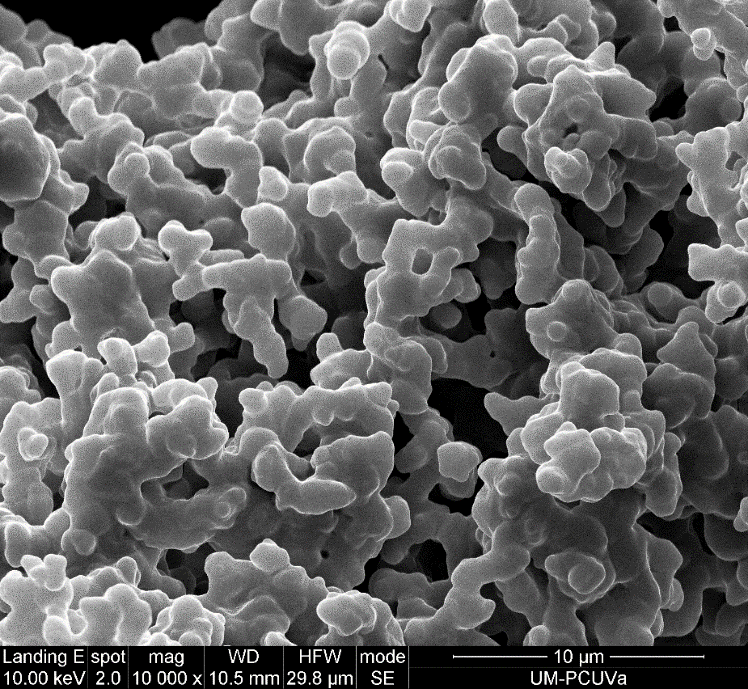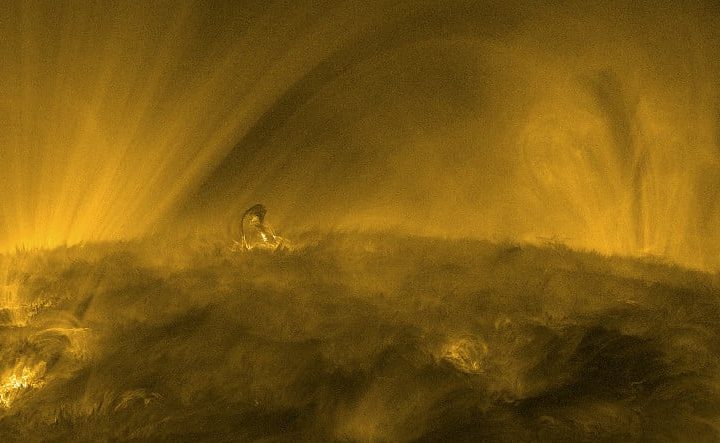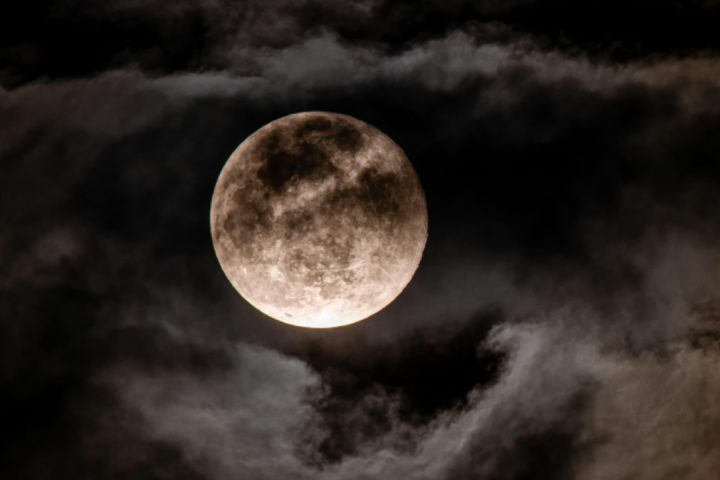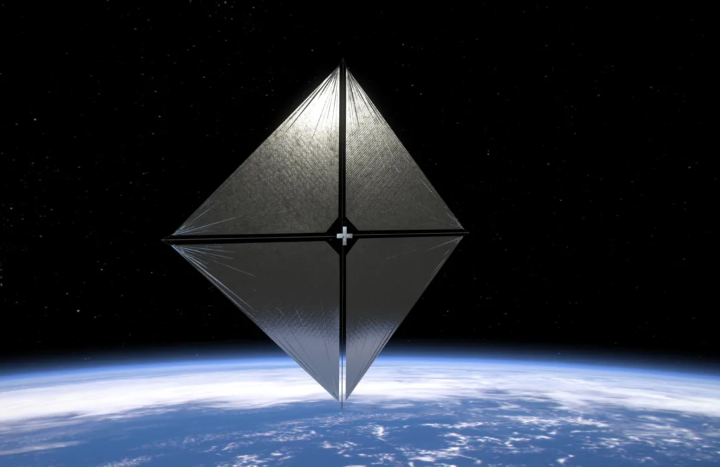Does life arise independently on different planets in the galaxy? Or does it spread from world to world? Or does it do both?
New research shows how life can spread in a simple way: cosmic dust.
One thing scientists have learned over the last few decades is that life on Earth may have had an early beginning.
Earth is about 4.53 billion years old and some evidence suggests that simple life was here at least 3.5 billion years ago. Other evidence suggests that life was here even earlier than that, when the Earth cooled about 500 million years after it formed. Life could have been extremely simple, but it could still have existed.
But life may not have originated here. Researchers question whether there was enough time for life to arise spontaneously in early Earth conditions.
New research examines the idea that cosmic dust could be responsible for the spread of life across the galaxy through panspermia. Life originated elsewhere and reached young Earth. This is not a new idea, but in this study the author calculates how fast this could happen.
The research is titled “Possibility of Panspermia in the Deep Cosmos via Planetary Dust Grains”. The sole author is Z.N. Osmanov from the Faculty of Physics at the Free University of Tbilisi in Georgia. The paper is in pre-print and has not yet been published.
No matter how much we think about and investigate the origin of life, we don’t know how it started. We have an idea about the type of environment that could have spawned it, but even that is an idea obscured by billions of years.

“It is clear that the real question is the origin of life, or abiogenesis, the details of which we still do not know,” Osmanov writes.
But somehow it started. Leaving aside the initial emergence of life for now, Osmanov moves on to how it can spread.
“Starting from the assumption that planetary dust particles can escape the gravitational pull of a planet, we consider the possibility that dust particles leave the star’s system through radiation pressure,” Osmanov writes.
The idea that life itself can travel through space on comets and asteroids is familiar to many people. It is thought that when these objects hit planets, hitchhiking life is delivered and if there is a niche it can exploit, it will do so. But how can simple dust accomplish the same thing?
For dust to carry life, it must originate from a planet that hosts life. This can happen under certain conditions. Research shows that dust particles from Earth can be scattered against cosmic dust particles in the planet’s high-altitude atmosphere.
A 2017 paper published in the journal Astrobiology showed how hyper-fast space dust can interact with this Earth dust to create powerful momentum flows. A small fraction of planetary dust particles can be accelerated enough to escape the planet’s gravity.
Once freed from the gravity of its planet, the dust is at the mercy of stellar radiation pressure.
“If a similar scenario were to occur in other systems, planetary dust particles, freed from the gravitational field of the planet, could escape the star’s system thanks to radiation pressure and initial velocity and spread life throughout the cosmos,” Osmanov explains.
For life to survive on a grain of dust as it travels through interstellar space, it must be very resilient. It needs to avoid hazards like radiation and heat. If life itself cannot do this, perhaps the complex molecules that give rise to life can. Assuming this is possible, the next question is how fast it could spread.
“It has been shown that for 5 billion years, dust particles will reach 105 star systems, and taking into account the Drake equation, the entire galaxy will be filled with planetary dust particles,” Osmanov explains.
Osmanov points to other research on panspermia and how it could happen in our galactic neighborhood.
“Osmanov writes: “In particular, it has been stated that thanks to the pressure of solar radiation, tiny dust particles containing living organisms can travel to the nearest solar system, Alpha Centauri, in nine thousand years. It would take more than 100,000 years for our Space Launch System and powerful rockets like Falcon Heavy to make this journey.
This is an intriguing idea. Osmanov calculates that a significant number of dust grains will survive in interstellar space without life or complex molecules decaying. But his idea hits a speed bump at one point.
“On the other hand, it is natural to assume that the number of planets harboring at least primitive life must be enormous,” he writes, taking a bold step beyond our current knowledge. This may be a natural assumption, but there is little evidence that it is true. It is an assumption, an encouraging assumption, but an assumption nonetheless.

Working with a statistical approach to the Drake Equation, Osmanov writes that the number of planets that have developed life is “on the order of 3×107”.
“This value is so large that if dust particles can travel a distance of several hundred light-years, it can be concluded that the 100,000 light-year diameter MW must be full of complex molecules scattered throughout the galaxy,” Osmanov explains. “Even if we assume that life disappears during this time, the vast majority of complex molecules would remain intact.”
This is a very interesting study. But the frustrating thing about this whole subject is that we still don’t know how life arose, or how often it arose. So at the center of all our thought experiments and calculations, including Osmanov’s, is a stubborn nugget of the unknown.
If we ever get the chance to find concrete evidence of life on Mars, for example, such research and the debates it sparks will take on a new luster. But for now, Osmanov’s work and similar work by other researchers leaves us in a funny spot: we can imagine and calculate how life could spread, how far and how fast.
Osmanov claims that the number of planets with primitive life is very large. We cannot know this. Planets are extraordinarily complex and there are a surprising number of variables. Even if there are many planets with primitive life, most of them will be larger than Earth. For example, will dust particles carrying life or complex organic molecules escape the gravitational grip of super-Earths?
This research shows how life, or at least its building blocks, can escape from planets and survive interstellar travel to another world. If this is true, and panspermia can explain the emergence of life on Earth so soon after it formed and cooled, then it will change our understanding of our origins and even the rest of the Universe.
This article was originally published by Universe Today. Read the original article.





